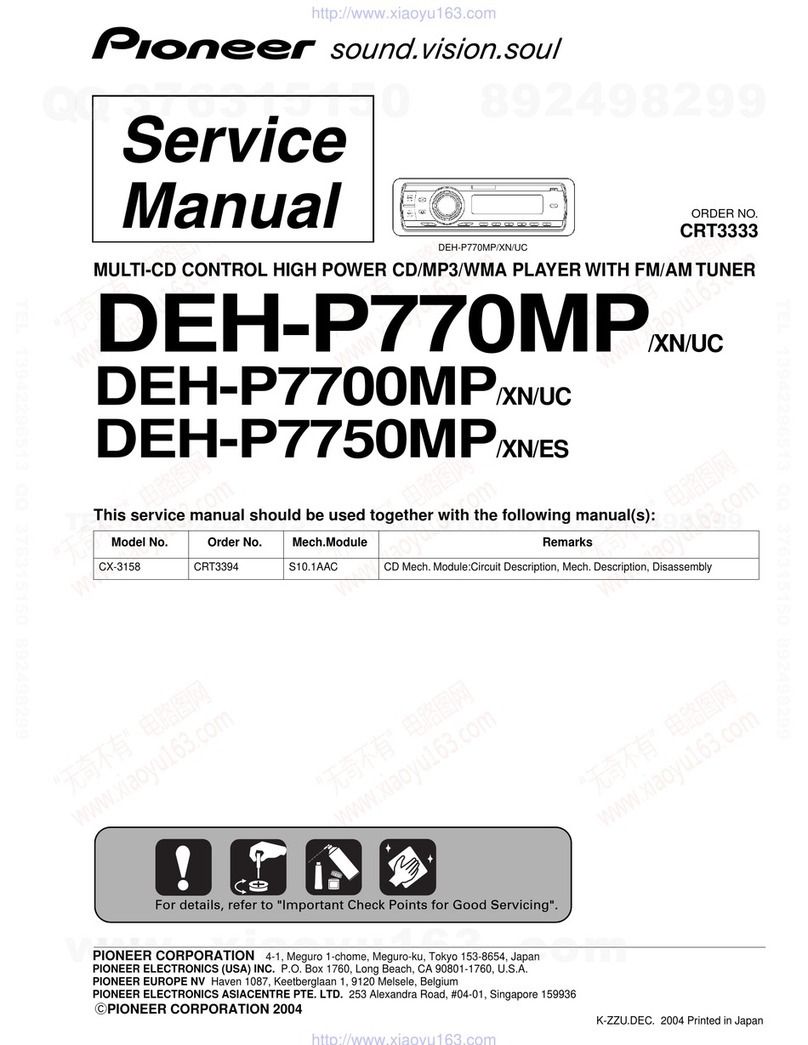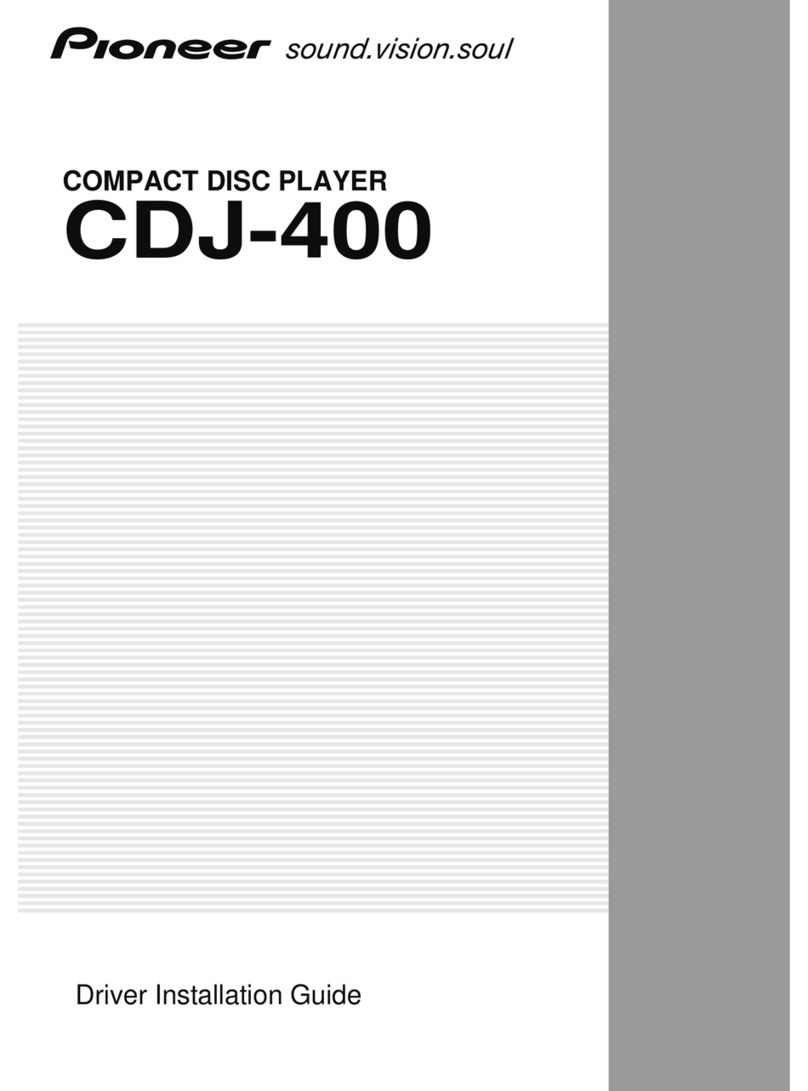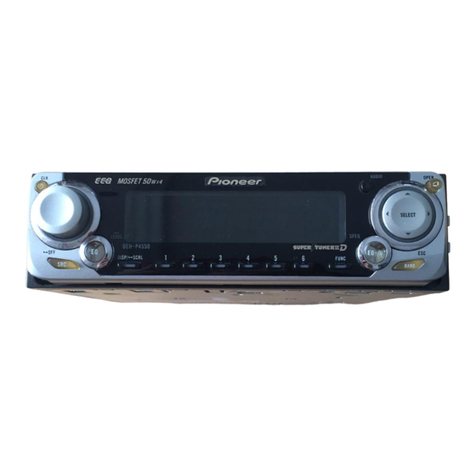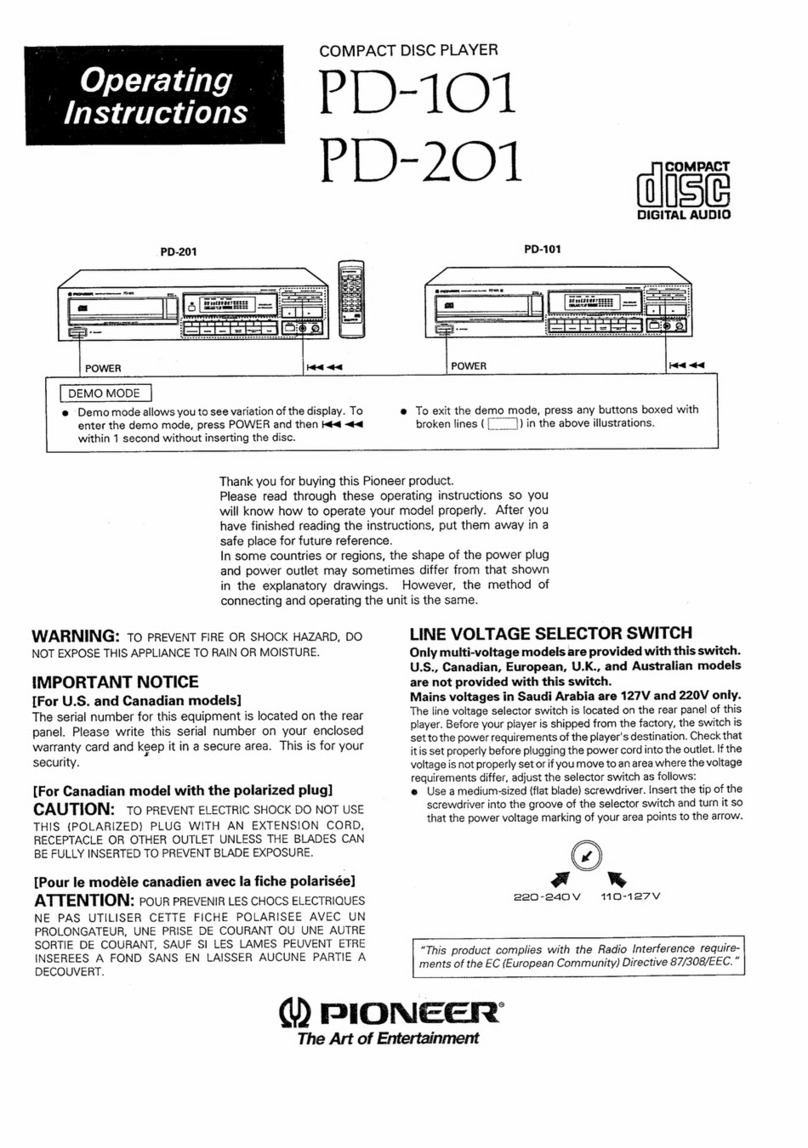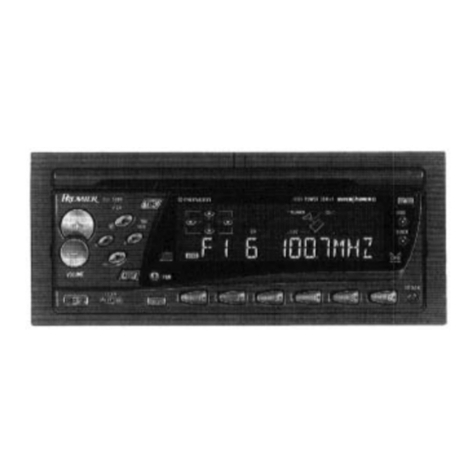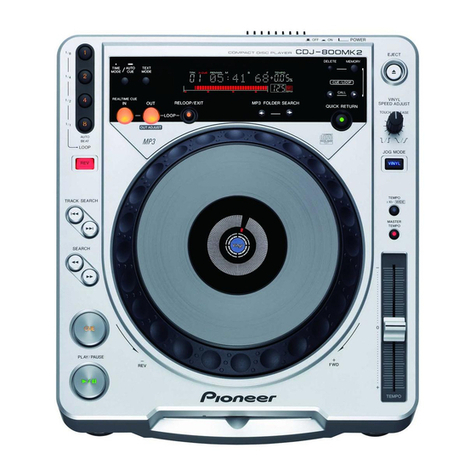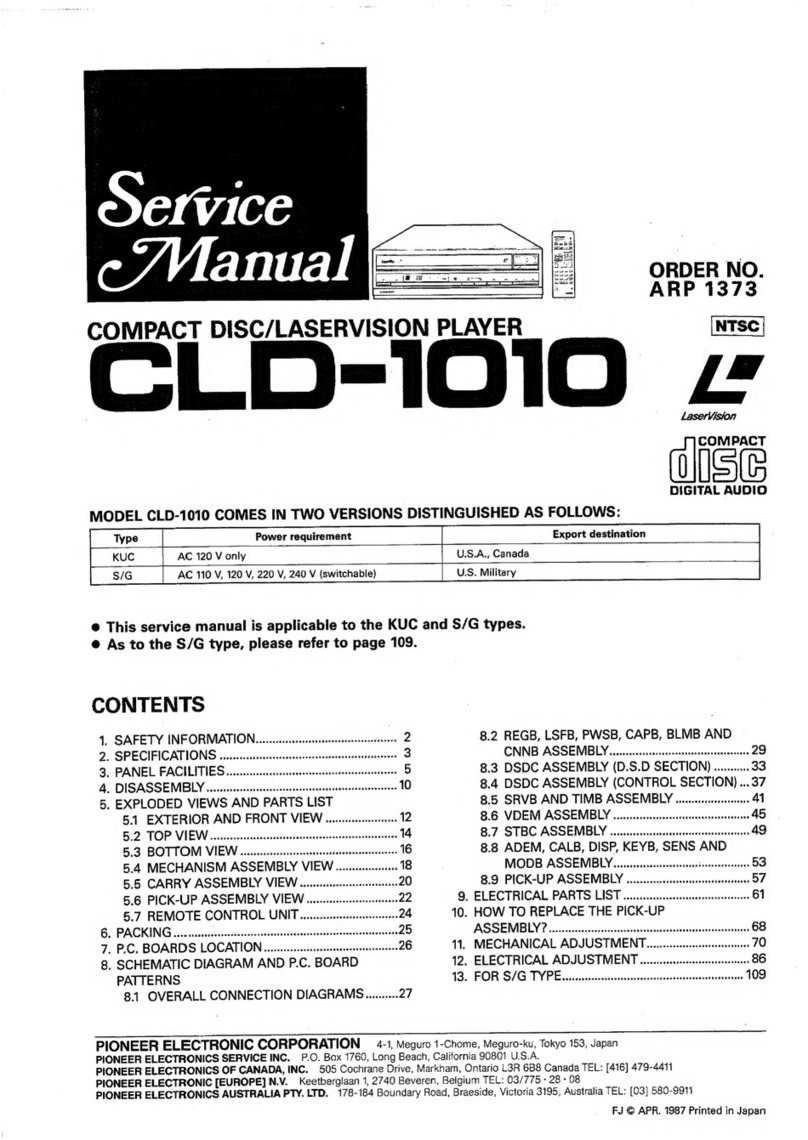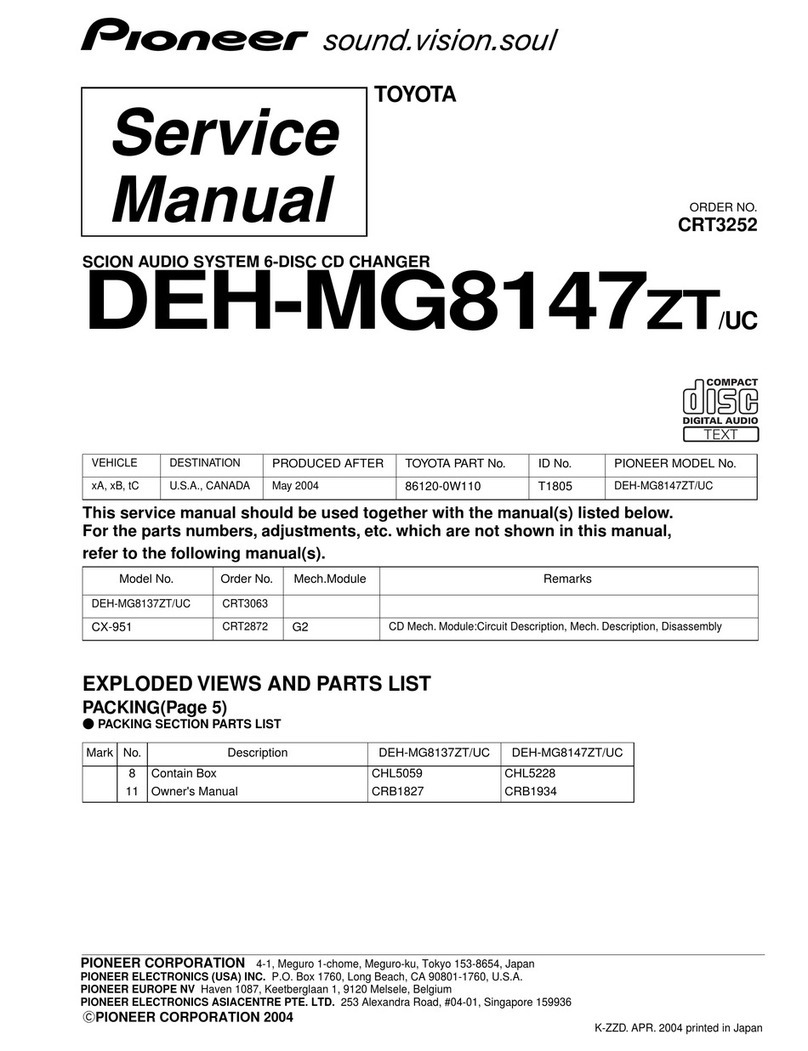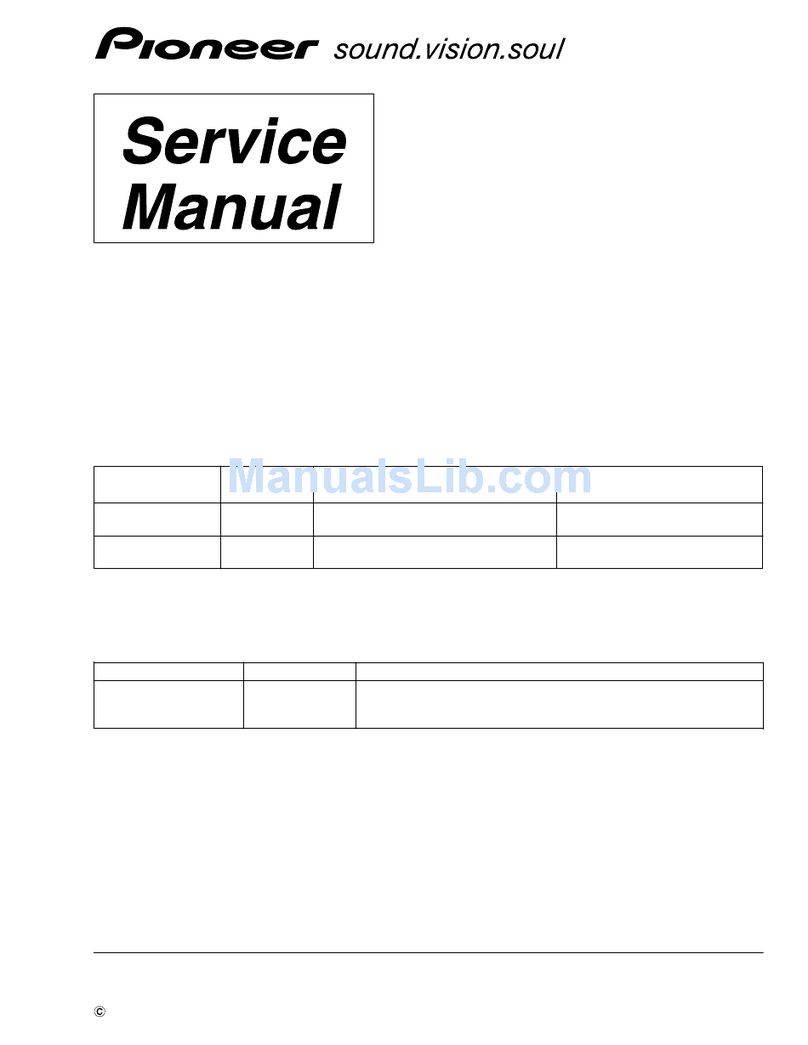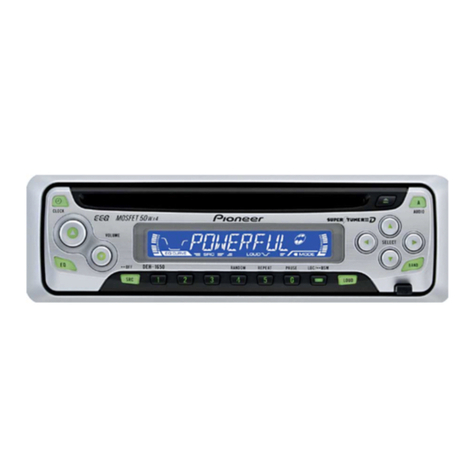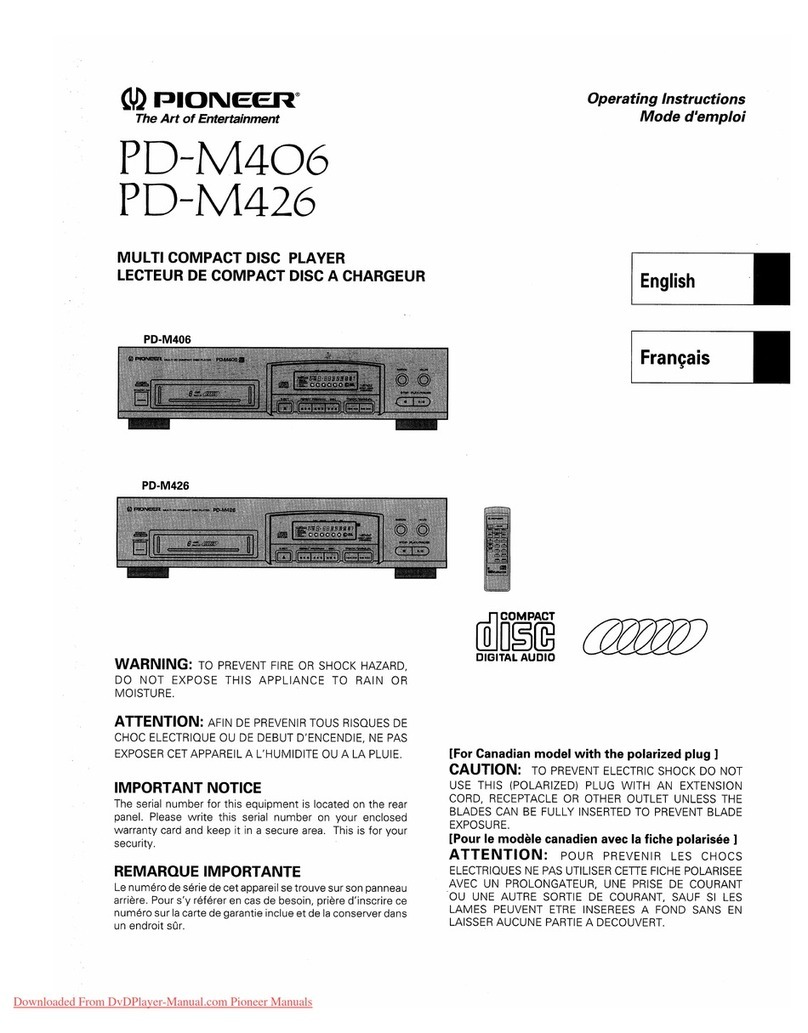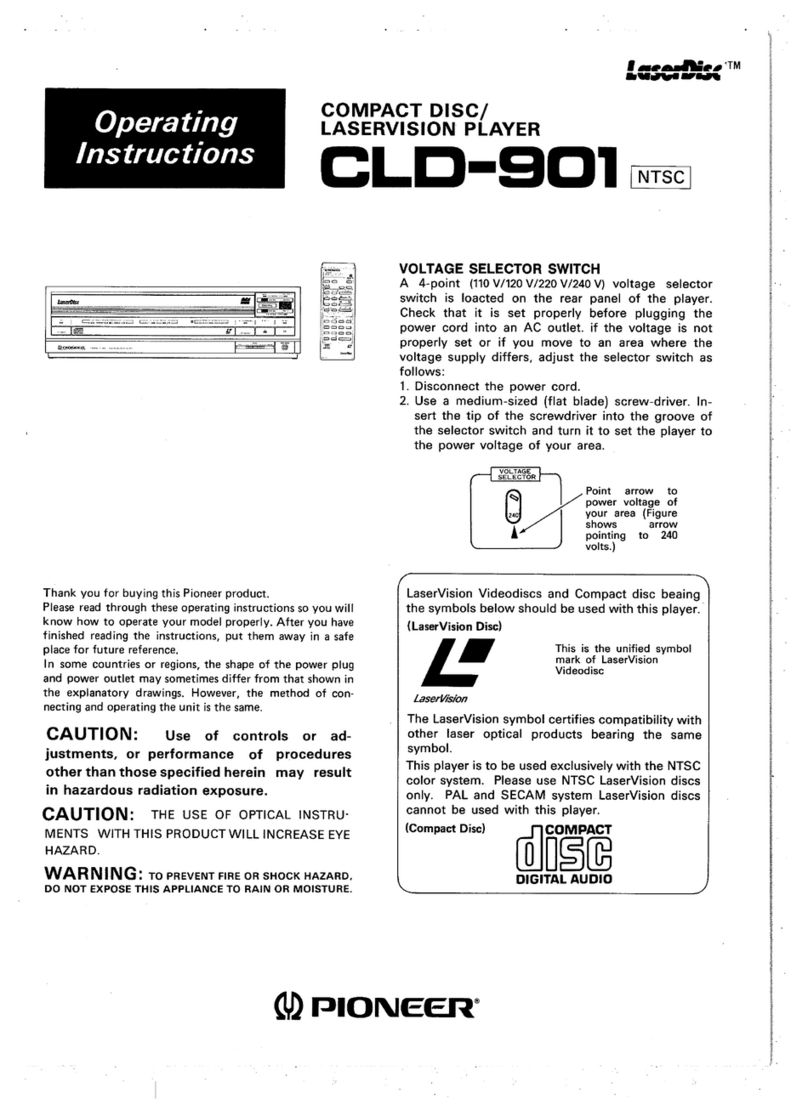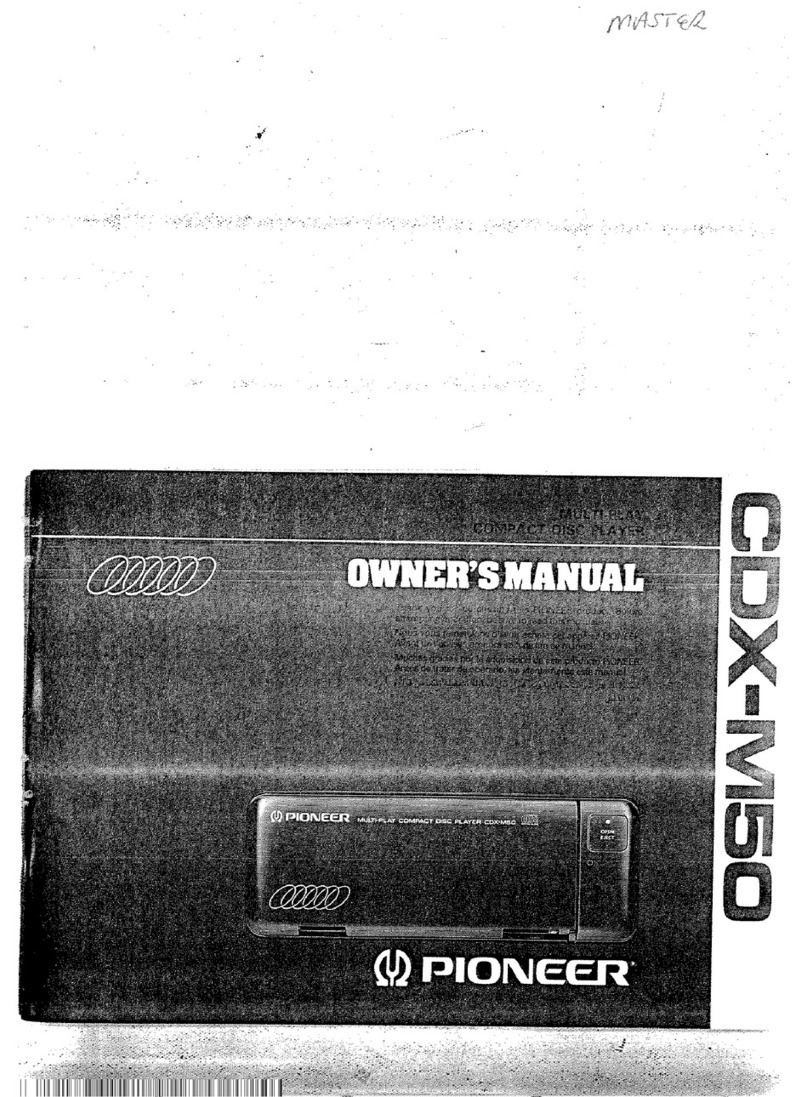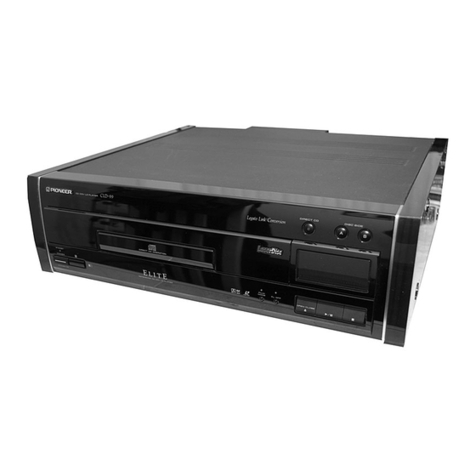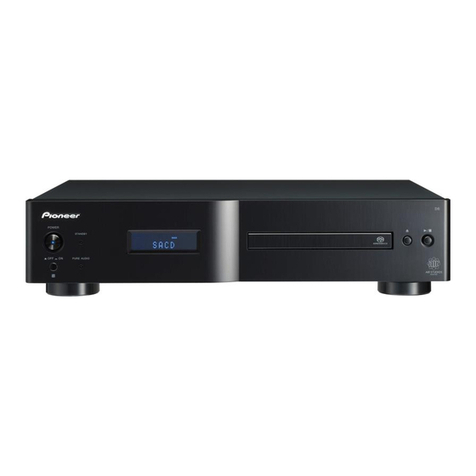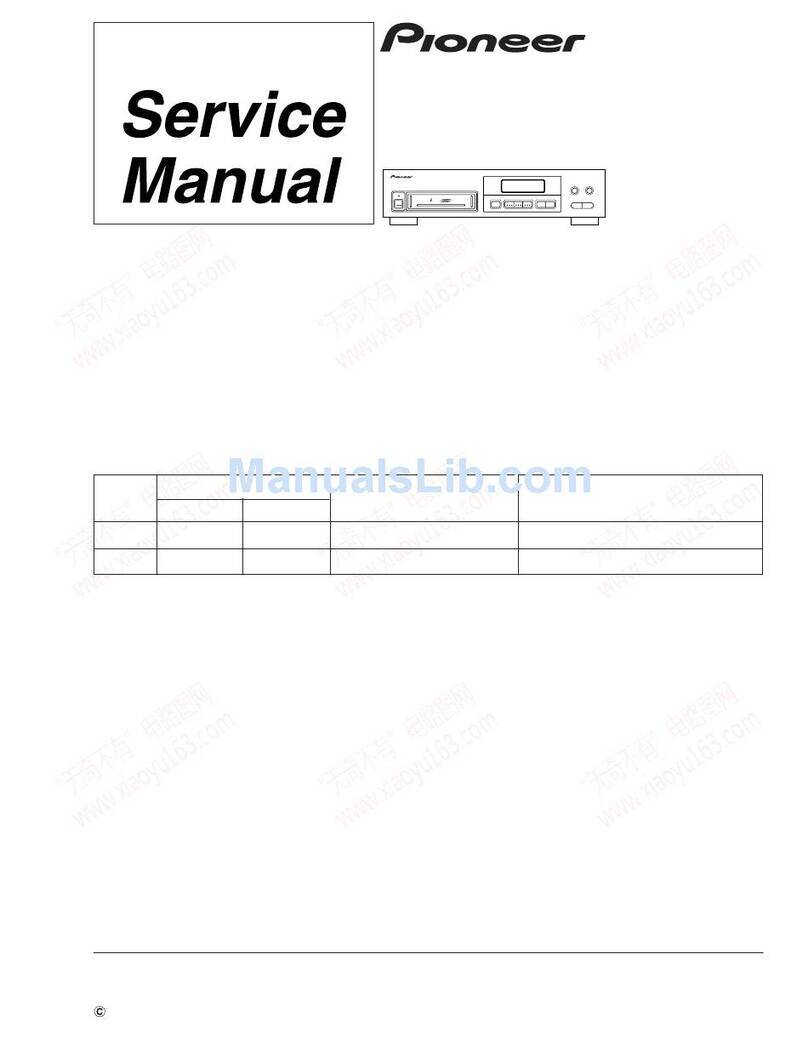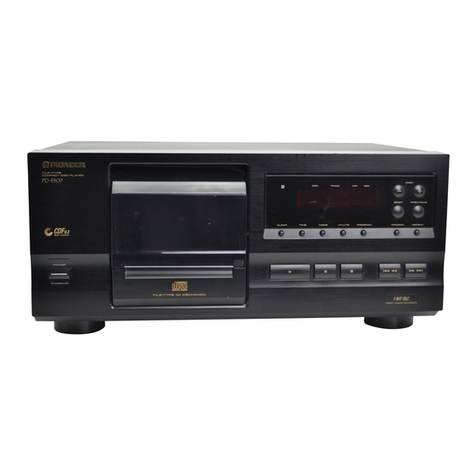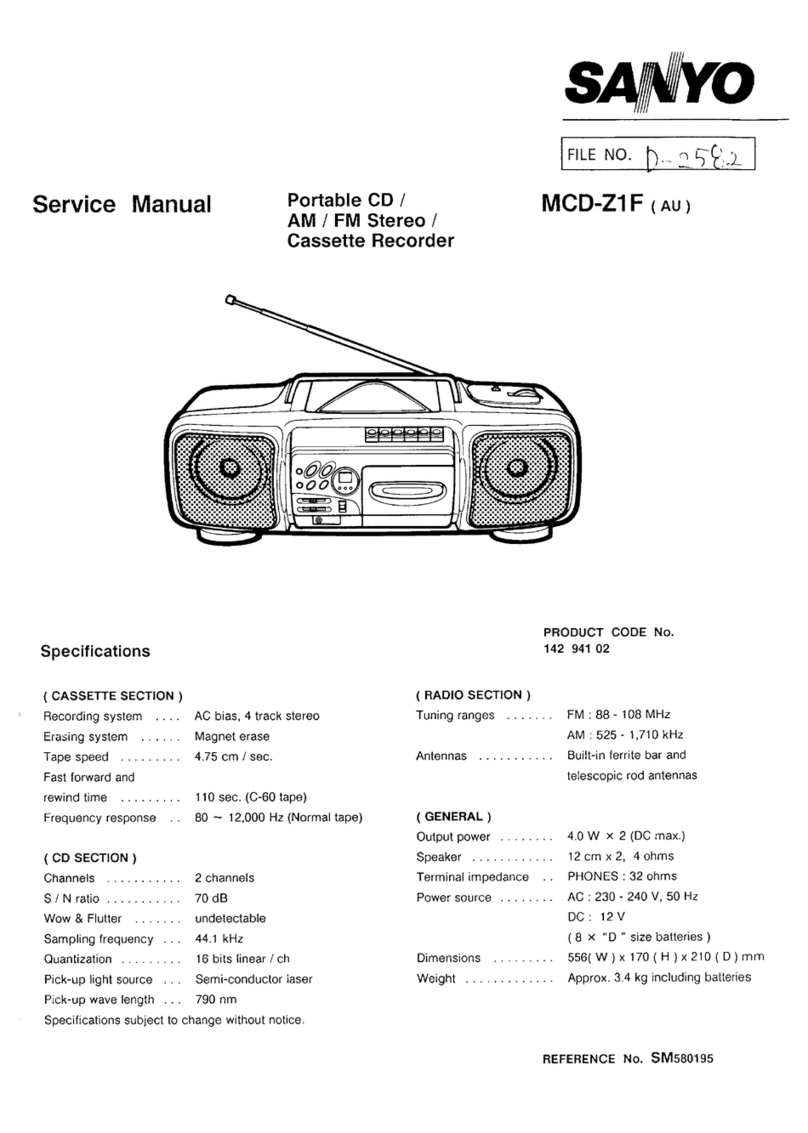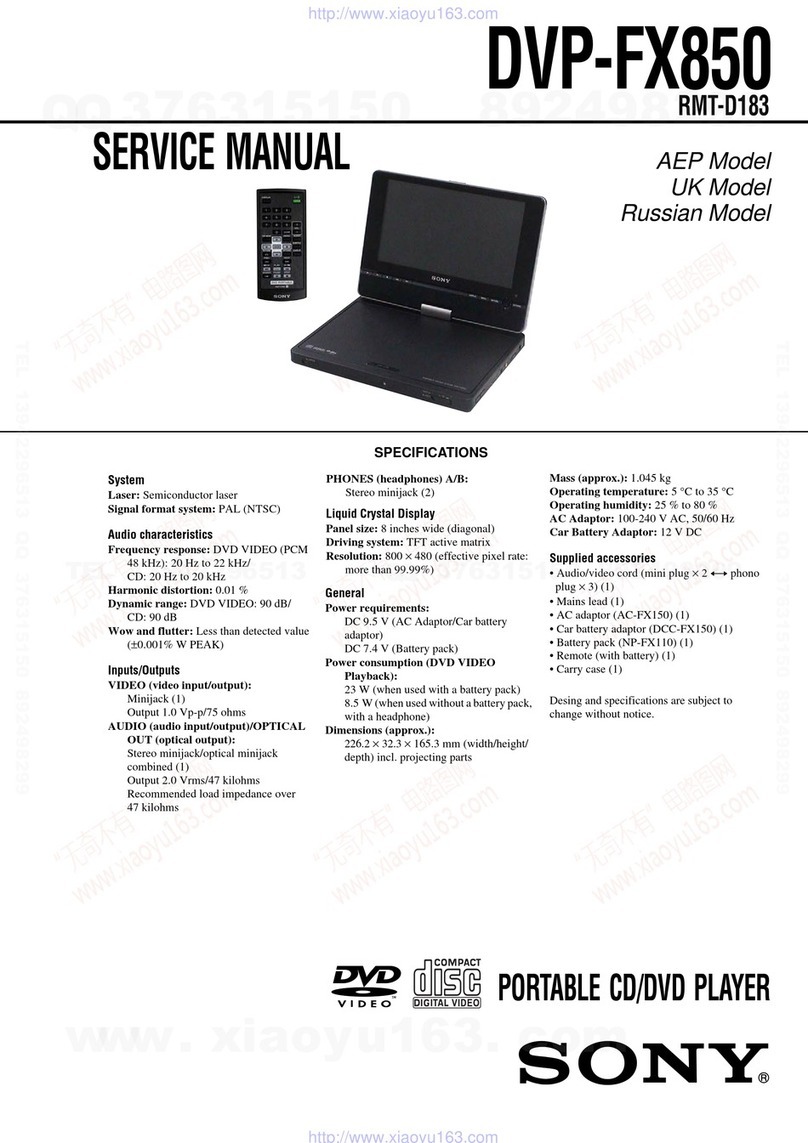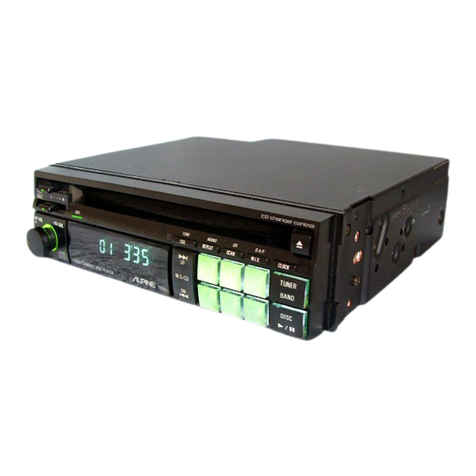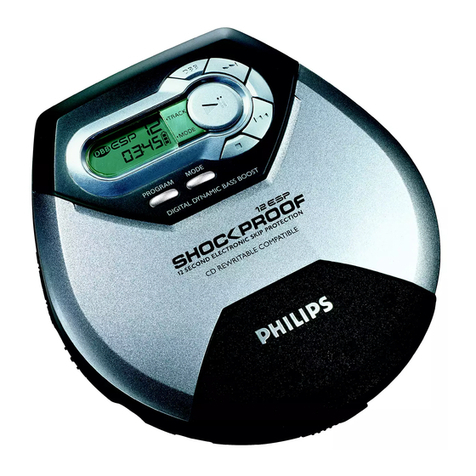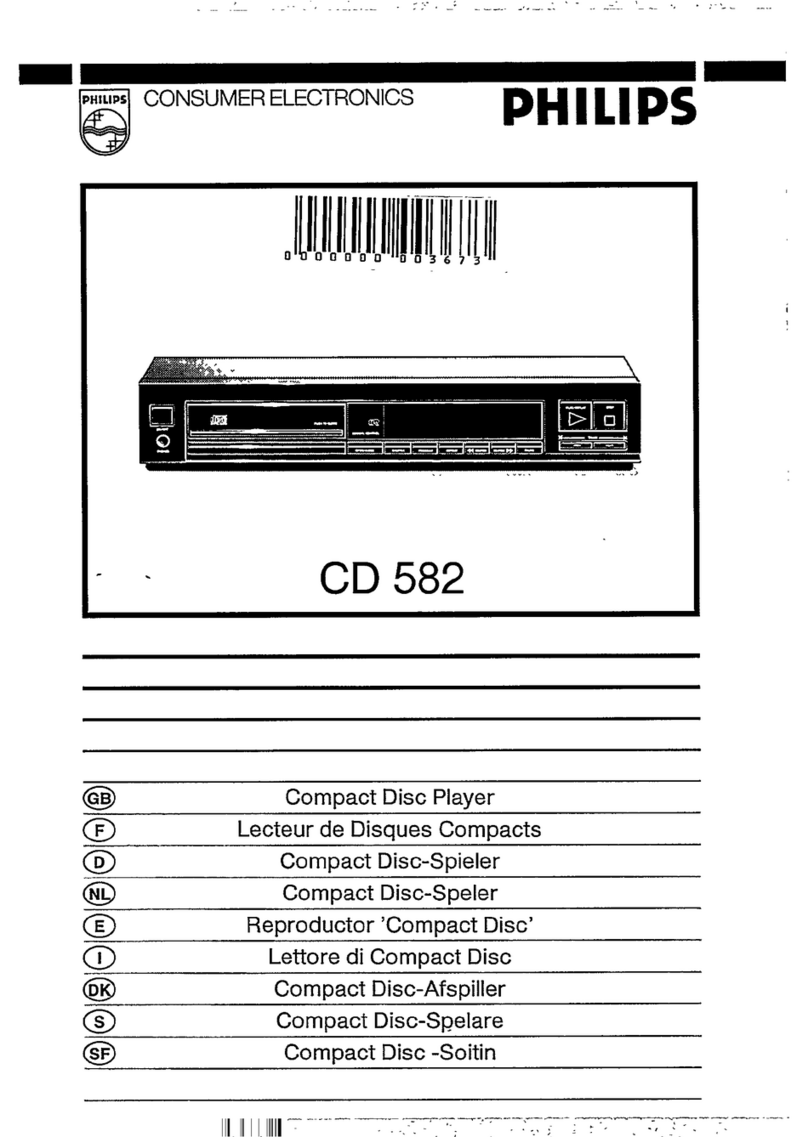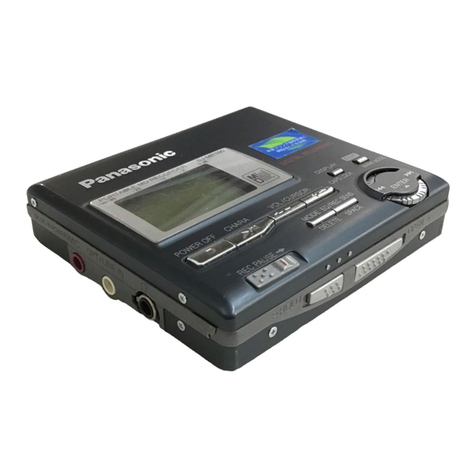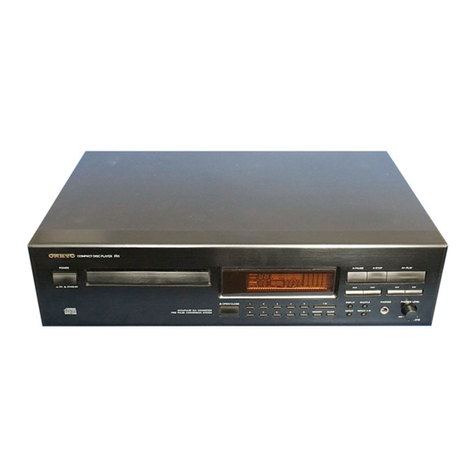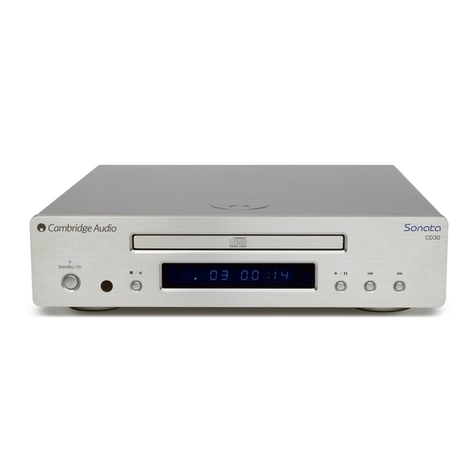
|
Operating
Instructions
CLD-2750K
CD
CDV
LD
PLAYER
27
©)
Eo
Al7
©
E
aecardtthesr
Es
Gu
irl
BP
aS
.
f
aearVtavaala
ExpGdwWiek
SEG
BwWwhw
OOOO
O8O800e2
2O08®
CED
Gis)
LASER
DISC
wise
DIGITAL
AUDIO
@
This
player
is
not
suitable
for
commercial
use.
Thank
you
for
buying
this
Pioneer
product.
Please
read
through
these
operating
instructions
so
you
will
know
how
to
operate
your
model
properly.
After
you
have
finished
reading
the
instructions,
put
them
away
in
a
safe
place
for
future
reference.
In
some
countries
or
regions,
the
shape
of
the
power
plug
and
power
outlet
may
sometimes
differ
from
that
shown
in
the
explanatory
drawings.
However,
the
method
of
connecting
and
operating
the
unit
is
the
same.
WARNING:
TO
PREVENT
FIRE
OR
SHOCK
HAZARD,
DO
NOT
EXPOSE
THIS
APPLIANCE
TO
RAIN
OR
MOISTURE.
IMPORTANT
NOTICE
The
serial
number
for
this
equipment
is
located
on
the
rear
panel.
Please
write
this
serial
number
on
your
enclosed
warranty
card
and
keep
it
in
a
secure
area.
This
is
for
your
security.
CAUTION:
This
product
satisfies
FCC
regulations
when
shielded
cables
and
connectors
are
used
to
connect
the
unit
to
other
equipment.
To
prevent
electromagnetic
interference
with
electric
appliances
such
as
radios
and
televisions,
use
shielded
cables
and
connectors
for
connections.
THE
POWER
SWITCH
IS
SECONDARY
CONNECTED
AND
THEREFORE
DOES
NOT
SEPARATE
THE
UNIT
FROM
MAINS
POWER
IN
STANDBY
POSITION.
CONTENTS
BEFORE
OPERATING
THE
PLAYER
TYPES
OF
DISCS
THAT
CAN
BE
PLAYED:
WITH
THIS:
UNIT
sicccceherceedeectaeetsont
6
CARE‘
OF
(DIS
CS
iviscecceitesccltvicaged
tes
silesocksdsneds
dabene
rbot
7
CONNECTIONS
caisson
axes
nected
asters
8
0
BASIC
OPERATION
TO
PLAY
AN
LD,
CDV
OR
CD...
cc
cceeteencnteees
12
VARIOUS
OPERATIONS
CONVENIENT
FUNCTIONS
FOR
KARAOKE
.........0.5
14
CONVENIENT
FUNCTIONS
FOR
PLAYING
AN
LD,
CDV
OR
CD
oie
eee
19
TO
SEARCH
FOR
A
PARTICULAR
TIME/FRAME
.......
20
TO
PLAY
ONLY
DESIRED
SCENES/TRACKS
.............
21
TO
REPEATEDLY
PLAY
A
DESIRED
PASSAGE
.........
22
DISPLAY.
SWITCHING
#.2..0ccyccecceeaseeesiiereee
sense
eeeteds
23
TROUBLESHOOTING
SPECIFICATIONS
era
ce
ccleons
seated
aden
ciccecl
och,
dW)
PIONEER’
The
Art
of
Entertainment
